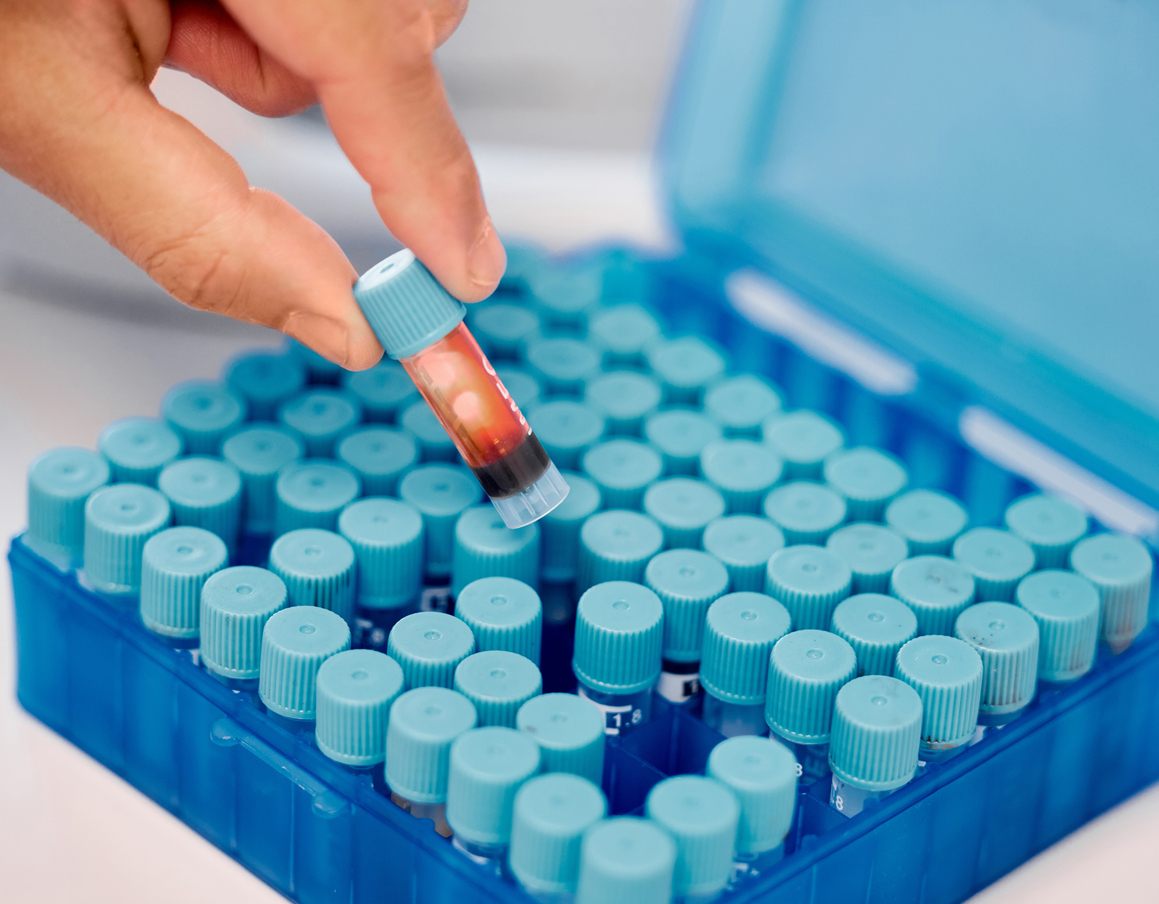Key Takeaways
- Biobanking supports future research by preserving a wide range of biospecimens, such as blood, tissue, urine, and cerebrospinal fluid, each offering unique analytical value for disease research and biomarker discovery.
- Plasma and serum serve different purposes depending on the research question.
- Standardized handling and storage practices, such as prompt processing, accurate labeling, and temperature-controlled storage, are critical to maintaining sample quality for long-term use.
- Traceability and documentation, including logging collection times and storage conditions, enhance reproducibility and reliability in downstream analyses.
Introduction
Biobanking plays a pivotal role in biomedical research by enabling the long-term storage of biological specimens for future analysis. Proper processing of clinical samples is essential to preserve their integrity and utility. This blog explores best practices and methodologies for processing clinical samples for biobanking. While the focus is primarily on whole blood, it is helpful to understand the broader range of biospecimens commonly stored in biobanks.
Specimen Types
A wide range of biological specimens can be preserved for biomedical research, each offering unique analytical potential.
- Blood: Blood is the most commonly collected biospecimen in biobanks because it is easily accessible and supports a broad range of diagnostic and research applications, including biomarker discovery and disease profiling.1 Its diverse components, such as plasma, serum, and cellular fractions, enable a wide range of applications in translational research.1
- Solid Tissue: Healthy or pathological tissue samples are invaluable resources for understanding disease mechanisms at the cellular and molecular levels. These specimens are used extensively in cancer research, histopathology, and genomic studies to support diagnostics, biomarker discovery, and therapeutic development.2
- Urine: Urine is a non-invasive and easily accessible biospecimen that can provide fragmented DNA, hormone metabolites, and various biometabolites.3 While typically low in protein under normal physiological conditions, it may still offer value for targeted proteomic studies. Its diagnostic and prognostic value has become increasingly recognized in the investigation of infectious, neoplastic, and congenital diseases.3
- Cerebrospinal Fluid (CSF): CSF has been used to support clinical diagnoses of infectious and inflammatory neurological conditions. More recently, there has been interest in collecting CSF to explore its potential for identifying novel biomarkers and understanding their clinical relevance.4
- Other: Bone marrow, semen, hair, nails, and saliva are additional biological specimens that have been used for biobanks.5
Choosing Between Plasma or Serum
The choice between plasma and serum depends on the specific biomarkers being analyzed and the technical needs of the assay. Generally, the biobanking community recommends the use of plasma where available and applicable to the research question as serum preparation can introduce significant sample variability and protein abundance changes due to the clotting process.6
Handling, Storage, and Preservation
Proper handling and storage of blood samples and their processed components is essential to maintain sample integrity and ensure suitability for downstream analyses. After collection, each tube should be gently inverted to mix blood with any additives. Transport conditions should be guided by analyte sensitivity. For instance, proteomic samples are particularly vulnerable to degradation and often require standardized cold-chain handling and processing procedures to preserve data integrity.7
For long-term storage, blood and blood derivatives should be aliquoted into labelled cryovials and logged into a database for traceability. Storage conditions vary by component. For example, whole blood, plasma, and serum are typically stored at -80°C, whereas buffy coat (containing white blood cells and platelets) is stored at -150°C or in liquid nitrogen to preserve nucleic acid integrity.1 Key practices include:
- Record the date and time of sample collection and storage.
- Process samples promptly to avoid degradation.
- Clearly label aliquoted cryovials and implement database tracking.
- Store plasma/serum at -80°C and viable cells at -150°C.
- Check and record storage temperatures daily.
Conclusion
Implementing best practices for specimen processing is essential to ensure the long-term viability and scientific value of biobank samples. From proper blood collection techniques to standardized storage protocols, each step plays a critical role in preserving sample integrity and enabling reproducible research outcomes. As biobank repositories continue to support advancements in personalized medicine and biomarker discovery, maintaining rigorous quality standards will be necessary to unlock the full potential of biospecimens.
References
- Perry JN, Jasim A, Hojat A, Yong WH. Procurement, Storage, and Use of Blood in Biobanks. Methods Mol Biol Clifton NJ. 2019;1897:89-97. doi:10.1007/978-1-4939-8935-5_9
- Bolck HA, Pauli C, Göbel E, et al. Cancer Sample Biobanking at the Next Level: Combining Tissue With Living Cell Repositories to Promote Precision Medicine. Front Cell Dev Biol. 2019;7:246. doi:10.3389/fcell.2019.00246
- Moatamed NA. Biobanking of Urine Samples. Methods Mol Biol Clifton NJ. 2019;1897:115-124. doi:10.1007/978-1-4939-8935-5_12
- Teunissen CE, Petzold A, Bennett JL, et al. A consensus protocol for the standardization of cerebrospinal fluid collection and biobanking. Neurology. 2009;73(22):1914-1922. doi:10.1212/WNL.0b013e3181c47cc2
- Mendy M, Caboux E, Lawlor RT, Wright J, Wild CP. Common Minimum Technical Standards and Protocols for Biobanks Dedicated to Cancer Research.; 2017.
- Ignjatovic V, Geyer PE, Palaniappan KK, Chaaban JE, Omenn GS, Baker MS, Deutsch EW, Schwenk JM. Mass Spectrometry-Based Plasma Proteomics: Considerations from Sample Collection to Achieving Translational Data. J Proteome Res. 2019 Dec 6;18(12):4085-4097. doi: 10.1021/acs.jproteome.9b00503.
- Hsieh SY, Chen RK, Pan YH, Lee HL. Systematical evaluation of the effects of sample collection procedures on low-molecular-weight serum/plasma proteome profiling. Proteomics. 2006;6(10):3189-3198. doi:10.1002/pmic.200500535


